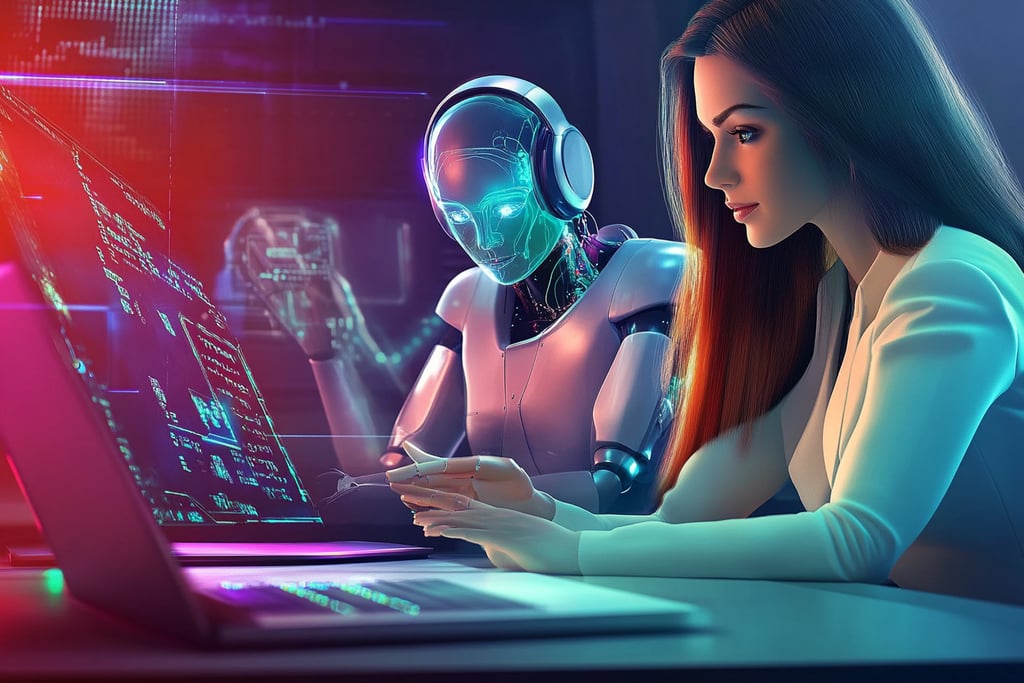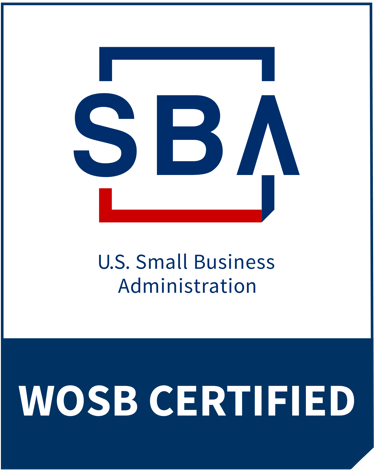Register for my upcoming Build an AI Content Team: Elevate Your Writing, Scale Your Impact course on Maven
From tool to teammate: Rethinking how we work with AI
Natalie Lambert
5/29/20255 min read


The most meaningful shift in AI isn’t happening inside the models. It’s happening in the way professionals apply them.
We’ve moved past the novelty phase. AI is no longer just the experimental sidekick you turn to when you want a shortcut. It's becoming something more embedded, more structural, and when used intentionally, more strategic. But to unlock that potential, we need to start asking better questions. Not “What can I do with AI?” but “How should I restructure the way work gets done with AI as part of the team?”
The distinction is subtle but important. Most AI today is being used as a one-off tool. But the real value shows up when it becomes part of a repeatable, reliable system—when we stop treating it like a utility and start treating it like a teammate.
The problem with prompting
If you’ve used generative AI, you’ve probably experienced the cycle: type in a prompt, receive a first draft, revise it a few times, and then give up and finish it yourself. This is the trap of the prompt-and-edit loop. While it’s a step forward from starting with a blank page, it’s still inefficient. Every session starts from scratch. There's no memory, no context, and certainly no continuity.
The inefficiency isn’t because the technology can’t be better. It’s because we haven’t adapted our approach. We’re asking it to behave like a specialist without giving it the structure or training to act like one.
Reframing AI as a teammate
Instead of treating AI like a one-size-fits-all assistant, imagine what happens when you break your workflow down into roles, just like you would with a real team. In a strong organization, no one person does everything. We hire writers, analysts, coordinators, and reviewers—each with their own job description.
We should think about AI the same way. You don’t need one model that does everything poorly. You need several collaborators who each do one thing well.
This shift moves AI from novelty to infrastructure. It creates the conditions for quality, scale, and speed—all without sacrificing voice, accuracy, or intent.
Three types of AI teammates
After working with dozens of teams across functions—from marketing and operations to HR and product—a clear pattern has emerged. The most effective implementations fall into three categories, each mirroring the roles we already rely on in traditional teams.
Task-based teammates
Task teammates take on work that is highly structured and repeated often. Think of them as your behind-the-scenes operators—precise, fast, and reliable.
A real-world example: an operations lead at a logistics firm uses a teammate to generate daily performance summaries across 20 regional hubs. It pulls metrics, flags outliers, and produces a digest email for leadership before anyone logs in for the day.
These teammates shine when:
The task requires consistent formatting
The process doesn’t change often
The output is used frequently across teams
Builder-based teammates
Builder teammates are responsible for creating polished, structured outputs—whether that’s writing first drafts, generating documentation, or assembling deliverables based on your voice, format, and standards. These collaborators don’t just follow instructions; they internalize how your team communicates and replicate it with surprising accuracy.
One product leader I worked with built a documentation builder trained on internal knowledge bases, technical specs, and product release notes. Instead of writing update summaries and help docs from scratch, the builder now creates usable drafts that follow the company’s style and structure. Review times are faster, consistency is higher, and valuable product managers are no longer stuck rewriting changelogs.
Builder teammates are ideal when:
The format is predictable, but the content varies
You need scale without sacrificing brand consistency
You want to systematize the creation of content, documents, or communications
They’re not generic generators. They’re structured collaborators. Trained once, used often.
Perspective-based teammates
Perspective teammates play a very different role. They don’t produce—they evaluate. These teammates are trained to simulate a viewpoint: that of a customer, a stakeholder, or a functional lens like compliance, brand clarity, or customer-centricity. Their job is to ask: “Does this make sense to someone like me?”
While some perspective teammates represent full user personas (like a Gen Z buyer or a VP of HR), others act more like filters, applying a specific lens to evaluate clarity, risk, consistency, or resonance.
A Chief People Officer I worked with created a “new hire” perspective teammate to review onboarding materials. It flagged confusing jargon, suggested a more human-centered tone, and helped the team communicate more effectively from day one.
These teammates are especially useful when:
You want to validate messaging or strategic alignment
You need feedback before something goes live
You’re aiming to resonate with specific audiences or avoid blind spots
While these three teammate types—task-based, builder-based, and perspective-based—cover the vast majority of high-impact AI use cases, they’re not exhaustive. As organizations mature in their AI adoption, we’re starting to see more specialized roles emerge: from strategy advisors and research synthesizers to knowledge managers and workflow orchestrators. But for most teams, these foundational types will address 80% of real-world needs—and provide a strong starting point for building scalable, repeatable AI systems.
What this looks like in action
Let’s walk through a realistic example. You’re leading a product launch.
You kick things off with a rough outline. Your builder teammate drafts a press release and product update email based on your inputs.
A second teammate, trained on compliance and legal guidelines, flags edits for risk and clarity.
A third perspective teammate—modeled after a mid-market customer—reviews the draft and suggests where it might feel too technical or lacking in ROI language.
Once approved, your builder teammate assembles a customer announcement checklist for internal teams to coordinate their outreach and onboarding.
None of this is about fully automating decisions. It’s about reducing friction and multiplying impact. You still own the strategy. Your AI teammates just help get it done—faster, cleaner, and more consistently.
Where to start: Hiring your first AI teammate
You don’t need to build a fleet of AI teammates on day one. Start small. Here’s a practical approach:
Audit your week. What are 2–3 tasks you repeat frequently?
Document your process. Write out the steps as if you were delegating them to a new team member.
Create a single-purpose teammate. Use GPTs, Gems, or another platform to embed your instructions.
Refine and reuse. Think of it like onboarding a new hire. Notice where it performs well, where it struggles, and refine it over time.
If you’ve done a task three times, it’s ready to delegate. If you’ve rewritten the same type of content multiple times, it’s ready to systematize.
The goal isn’t to replace people. It’s to eliminate redundancy and free up energy for the work only you can do.
The future of work isn’t just human
The best professionals won’t be the ones who write every line themselves. They’ll be the ones who build better workflows, orchestrate smarter systems, and lead both humans and machines with clarity.
The next evolution of work isn’t about doing everything faster—it’s about designing systems that let us focus on what matters most. And sometimes, the best teammate you can hire… doesn’t need a desk.
Your team is ready.
Now add AI that works like they do.
GenEdge Digital helps organizations design and deploy custom AI teammates that plug directly into your existing workflows—freeing your team to focus on the work only humans can do.
Whether you're just getting started or scaling a more advanced system, we can help you build the right AI roles, faster.
Let's build the next generation of your team—together.

